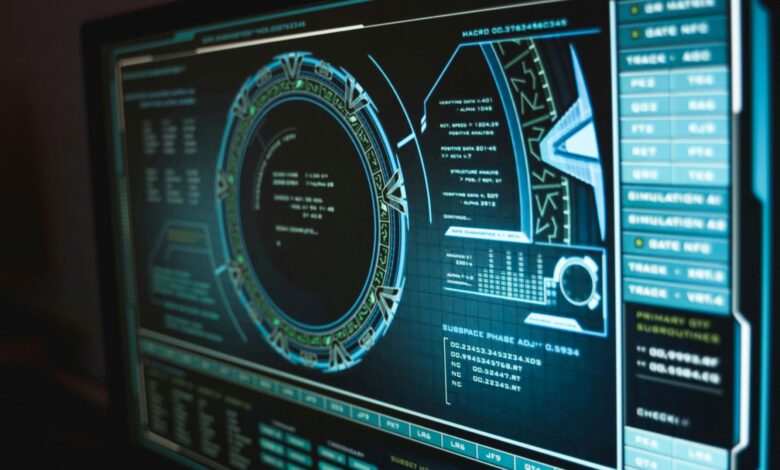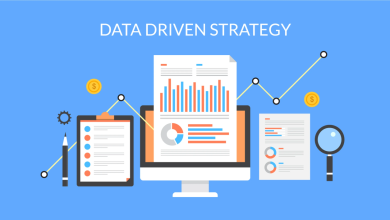
In many respects the landscape of cybersecurity is at a critical junction. The proliferation of AI is simultaneously restructuring both attack and defence strategies, while accelerating cyber threats to levels not seen before.
Hackers and cybercriminals are increasingly weaponising AI to launch automated and ever more advanced attacks, while IT and security threat teams rush to integrate AI-driven security solutions in order to thwart and neutralise constantly evolving threats.
The cybersecurity battlefield has shifted from a digital sphere to an ‘AI warzone’ where the capability of organisations and enterprises alike to predict, appropriately react, and think ahead of cybercriminals will ultimately define their success.
Indeed, Gartner just recently highlighted the adoption of Generative AI (GenAI) as one of the biggest threats to businesses in the next couple of years. While acknowledging its capabilities for transformational change within organisations, Gartner predicts that by 2027 over 40% of all AI-related data breaches will be as a result of improper use of GenAI.
Moreover, the European Union Agency for Cybersecurity’s (ENISA) Foresight Cybersecurity Threats report (Identifying Emerging Cyber Security Threats and Challenges for 2030), forecasts that AI will continue to redefine the cybersecurity landscape until 2030.
The rise of Cyber Warfare
Geopolitical tensions are fuelling cyber-attacks on a global scale. The growth of AI-powered cyber tools is intensifying cross-border cyber-attacks, providing cyber criminals with the capability to more easily automate and scale their operations.
Nation-state sponsored attacks on critical infrastructure are also increasing in regularity, with large-scale Distributed Denial of Service (DDoS) attacks already having disrupted multiple nations. The knock-on effect of this is that organisations are forced to decentralise operations as the attack surface expands.
However, decentralisation frequently introduces new vulnerabilities, making infrastructures even more susceptible to attacks. To protect against this growing threat and new era of cyber warfare, governments and businesses alike need to enhance compliance measures and strengthen national cyber resilience strategies.
AI Attacks vs AI Defence
As already noted, AI has fundamentally changed the cybersecurity industry. More and more cybercriminals are exploiting AI tools and platforms to orchestrate and automate attacks. By utilising the likes of GenAI and Large Language Models (LLMs) they are able to exploit vulnerabilities and create ever more sophisticated phishing campaigns to scale their operations.
On the flip side however, businesses are able to integrate AI-powered threat detection, predictive analytics capabilities and automated response mechanisms into their security strategies. There is no doubt that the race between attack and defence utilising AI is intensifying day by day.
This means that enterprises not only need to consider the adoption of AI-driven security solutions, but also the critical element of training security teams and wider employees how to spot and respond to AI-enabled attacks.
AI can, for example, be utilised in model training to replicate AI applications and simulate specific attacks scenarios in cyber training exercises. This enables organisations to identify potential vulnerabilities within their infrastructure, networks and defence systems. Without an ongoing commitment to training staff, keeping up to speed with the latest AI-powered cyber threats is next to impossible.
Tracing and Attribution
As AI-powered cyberattacks continue to evolve and grow in sophistication, the ability to trace and attribute these attacks back to their source will become increasingly critical. However, this presents a challenge due to the volume of data organisations collect on a daily basis.
The reality today is that enough thought is given to the security implications of the vast data enterprises collect, analyse and store. This has created a myriad of new attack surfaces for cybercriminals, while at the same time data privacy is becoming increasingly difficult to maintain.
However, the unchecked flow of digital information heightens the risk of corporate data leaks, large-scale cyber-attacks and the threat of nation-state espionage. The only way to counter this is to dedicate investment into cyber intelligence solutions with the capability to trace cyberattacks back to source. This is turn will enable more effective defensive and retaliatory measures to mitigate the cyber threats posed by AI-powered attacks.
Lowing the Barrier to Entry
While the nature of cyber threats vary in sophistication, what is clear is that AI has dramatically levelled the playing field in terms of the effort required to launch highly effective attacks. Technical expertise is no longer a pre-requisite, with AI providing pre-built frameworks from which even the lowest-skilled threat actors can create attacks.
The time needed to scan networks to identify potential weak spots and vulnerabilities within internal systems and frameworks prior to launching an attack is significantly reduced through AI. As a result, businesses must significantly shorten their response times. Old, traditional cyber defence strategies are frequently no longer fit for purpose in the new age of AI.
One area in particular where AI has shifted the landscape is the evolution of deepfake technology. This has taken the breadth and scope of phishing attacks to a new level, with the capability for cybercriminals to create even more realistic campaigns – be that cloning voices or impersonating colleagues – to manipulate employees into clicking on the wrong link.
Harness AI for Training and Real-World Application
Despite the risks and increase in threats, AI-driven tools also present companies with substantial opportunities to fortify their cyber defences and enhance their security strategies. The key is to balance the adoption of AI into these defence strategies with training employees with how to identify and respond to AI-enabled attacks.
In this respect, AI should not only be used to detect threats. It has to be used in tandem with training teams to think and respond faster than before. By leveraging AI-powered training environments, organisations can ensure their security teams are best equipped to thwart AI-enabled cyber-attacks before they even strike.
What’s more, by utilising these capabilities organisations can move beyond theoretical training and gain practical experience in defending against sophisticated AI-enabled attacks. This includes exercises such as training AI defensive and offensive tools within realistic digital twin environments, simulating real-world attack scenarios.
The capability also exists to test the integration of AI solutions with existing production environments. This allows for rigorous validation of AI-powered security measures before they are deployed in live systems, minimising potential disruptions. This type of proactive approach ensures that security teams are not only aware of the latest AI threats but also equipped with the skills and tools necessary to effectively counter them.




